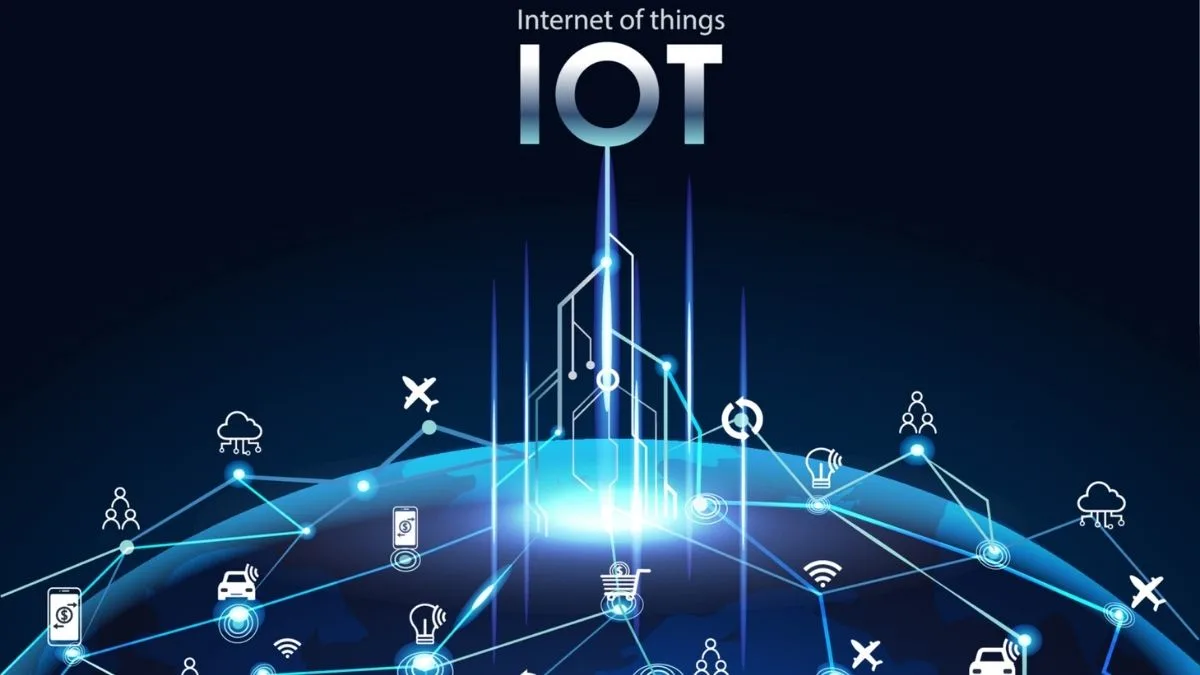How the IoT is Leading the Omnichannel Revolution for Life Sciences Companies

by Kimberly Brue | Last Updated: September 29, 2020 | 1 min read
Not all that long ago, life science companies drove nearly every interaction between health care providers and themselves. Sales reps were on the front lines making sure physicians had samples, product literature and all the details needed to write prescriptions. While on the other hand, marketing departments were primarily focused on making sure they had a presence in the places where health care professionals convened. The patient was rarely part of the equation.
The rise of multichannel
Around the time of the Internet boom, however, things started to change. Websites and email were altering the way people accessed information. While at the same time, coincidentally, policies were becoming more restrictive regarding what life sciences companies could and couldn’t do for physicians. It was the perfect storm, and life sciences companies had to adjust their sales and marketing strategies accordingly.
It was this sea of change that helped create the concept of multichannel engagement. Not only were patients pushing ideas about treatment options now, there were also different communication channels to contend with – including digital (website, social media, blogs, webinars) and traditional channels (events/seminars, direct mail, and call center).
Multichannel loses steam
The multichannelapproach to doing business is now so engrained in life sciences organizations that few remember the days when it didn’t exist. But soon, multichannel will be a concept of the past as well.
The reason multichannel approaches are losing steam is because every channel is separate and independent from the other – working in a vacuum with its own strategy and goals. The lack of integration from a multichannel approach creates a confusing and impersonal experience that often leads to missed opportunities. And this is the pain point that omnichannelapproaches will alleviate.
Omnichannel saves the day
Omnichannel engagement will help deliver a consistent, personalized experience for both physicians and patients across all channels. The guiding principle of omnichannel strategies is that they are results-based, not channel-based. The main goal is to make the customer (physician and patient) experience as easy as possible, and that means consistent engagement no matter where or how a customer is interacting with you.
Much in the way that policy changes and technical innovations drove the development of multichannel engagement, they are driving the rise of omnichannel engagement as well. However, instead of websites and email, the omnichannel revolution is being lead by Internet of Things (IoT) powered smart devices.
Explore More Relevant Articles on P360
- Enter our “Design Your Own Swittons” and win $250 Amazon Gift Card
- The Birth of Swittons Technology
- P360 is listed as a sample vendor in Gartner® Hype Cycle™
- Swittons Introduces Smart IoT Devices for Pharma Lab Digital Initiatives
- Why Remote Communication With Physicians Is The Need Of The Hour
How IoT will drive omnichannel engagement

IoT is the key to omnichannel engagement, as it is the only application that can unobtrusively connect humans to life sciences systems and workflows. Take for example P360’s Swittons device, which help break down communication barriers within the healthcare industry by facilitating remote, on-demand communication between physicians, life sciences companies and even patients. By providing an alternative to in-person office visits and professional consultations, Swittons devices save time, increase service area and reduce risk by automating key functions at the push of a button.
This is small example regarding a very specific use case. However, IoT powered devices are so powerful now that they can function as both tool and platform. Take again the Swittons devices, which not only integrate with other systems, but other IoT devices as well. This means Swittons devices can be custom programmed to work within systems that were once disconnected.
The future of omnichannel engagement
As life sciences companies and physicians begin integrating smart devices into their lives, the future of IoT becomes even more exciting. In the future, customized devices that sales reps give physicians will be used in tandem with patient devices to assist in the development of tailor-made therapeutics.
Consider, for example, an advanced IoT device that monitors a host of biochemistries and transmits results instantly without the patient stepping out of their house or pricking a finger. Critical therapeutic data could go from the patient to the physician – to the pharmaceutical company – in a simple, streamlined fashion. This could greatly improve the development of individualized, advanced therapeutics.

Another use case will be in the streamlining of supply chains. Patient monitoring devices that send automatic updates to caregivers, and reminders to patients to take medications, will connect with life sciences companies to enable an instantaneous supply chain delivery of therapeutic needs.
Current and future IoT devices will create a new, symbiotic world of omnichannel engagement, not attainable through conventional multichannel-based means. It’s definitely a new industrial revolution, sure to create a better relationship between life sciences companies, physicians and patients.
If you are looking to begin the journey into omnichannel engagement, P360 has you covered. Delivering a 360 view through the pharma, physician and patient ecosystem, P360 designs and deploys capabilities that ensure the highest efficiencies and returns on sales operations, data management, clinical trials, patient centricity, and IoT innovation. With expertise in supporting commercial operations for companies of all sizes, P360 has built an industry-leading platform that gives customers ownership of their data and the ability to leverage artificial intelligence, machine learning and IoT capabilities.
Earlier this year, P360 launched their industry first IoT Product Swittons for physician remote engagement. To learn more about P360, visit P360.com.